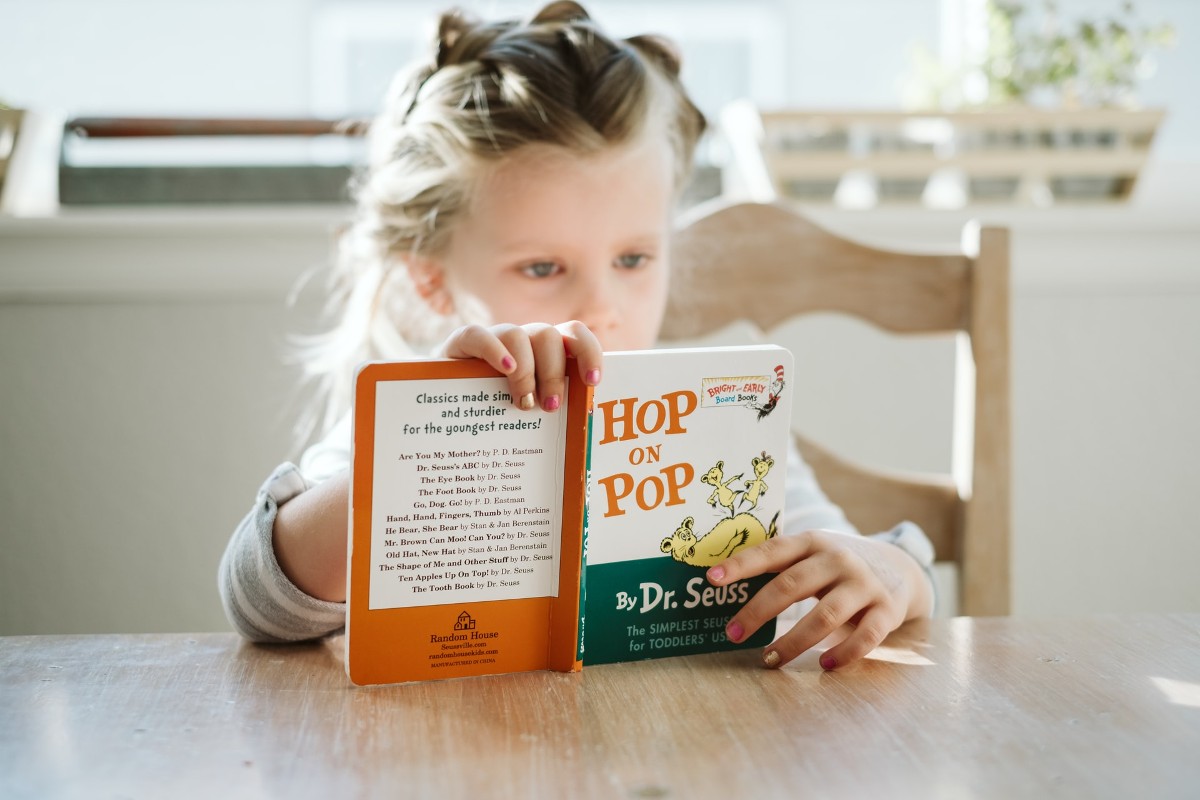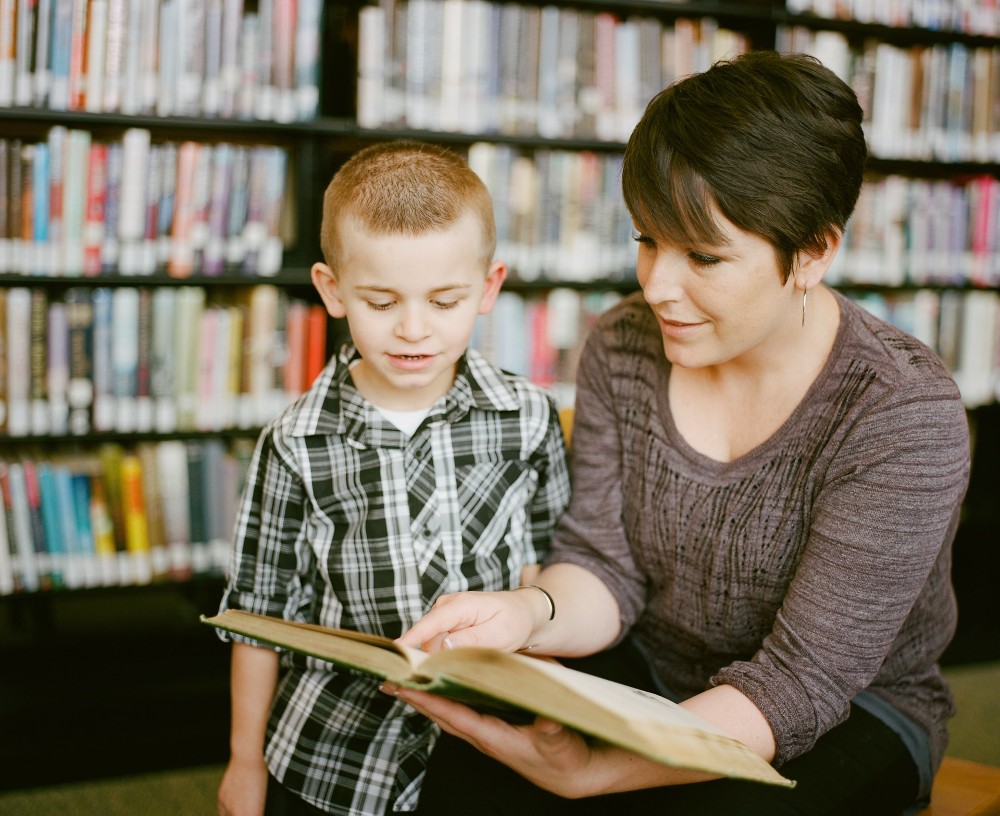
We are a reader-supported education publication. When you buy through links on our site, we may earn an affiliate commission to help us keep providing content.
1. Learning to rhyme provides a better understanding of language, sound and patterns and is critical in literacy development for young children.
Studies show that a child’s ability to analyze and reflect on word structure and sounds facilitate mastery of reading and writing skills — also known as decoding and encoding, which helps children break speech down into smaller components, such as syllables.
Yet, rhyming doesn’t always come easily to children. Sometimes, it takes effort and creativity to help them effectively gain rhyming proficiency for successful learning outcomes. Here are five tips and strategies for teaching rhyme to your child and allowing them to develop their literacy skills.
1. Print Out Picture Cards
Picture cards may also be a helpful tool for teaching rhyme. Plenty of printable picture card sheets are available for download online.
After scattering the cards across a table, your child can try to match each image to its rhyme. For example, if one of the picture cards is of a dog, your child may be looking for a frog.
Another way to use picture cards is by playing a memory game. Turn the cards over and have your child flip two at a time. If they match a rhyme, they can keep the cards. If not, they should turn the cards over again.

2. Read Rhyme Books
Reading books and poetry aloud can help your child learn rhyming skills. Many early childhood books, such as nursery rhymes, encourage phonological awareness.
Draw their attention to the different sounds and word structures. Ask them if any part of the reading sounds like it rhymes and if they can pick up on specific words.
You can also have them think about the next rhyming word — for instance, “the cat sat on the” what? See if they can come up with the word “mat.”
No matter how you approach teaching rhyme with books, always emphasize the rhyming words on the page so your child can hear them clearly.
3. Create a Rhyming Game
Games deliver ample learning opportunities for children to learn to rhyme. While creating an effective rhyming game may require you to use your imagination, it can prove highly practical. This is particularly true for homeschool families with limited learning resources to teach their kids literacy skills.
One game idea could include tossing a small beanbag. Have your child sit across from you or in a circle with siblings and friends. Then pick a word with several rhymes, such as “play.”
Tell them you’ll toss the beanbag back and forth or to the next person throughout the game. When it’s their turn to hold it, they should say a word that rhymes with play. You may also have them chant rhymes with you beforehand to give them some ideas — for example, day, away, okay, pay, way, stay, etc.

4. Sing Rhyming Songs
Every person, regardless of age, has a specific learning style that works best for them. However, aural and auditory learners practice listening and speaking skills to process critical information and gain improved understanding.
Some auditory tools might include listening to audio, music or chanting. Many children find rhyming easier when singing a song, such as “Twinkle, Twinkle Little Star” or “Itsy Bitsy Spider.”
Incorporating music into their learning can also occur at any time of the day. For instance, maybe sing a bedtime rhyming song together or come up with a fun lunchtime rhyme about “peanut butter and jelly” and having a “full belly.”
5. Use Movement
Evidence shows that movement is effective in children developing essential literacy and language skills.
A study by the University of Copenhagen found that students ages five to six became more proficient at letter sounds when using whole-body motions to shape the letters — also known as embodied learning. Children who utilized hand movements from their seats also demonstrated improved letter-sounding.
Have your children clap their hands or stomp their feet when practicing rhyming words. This will also allow them to learn rhymes with different syllables.
Other research suggests that activity might be beneficial to improving concentration, as well. Students ages nine to 11 that engaged in four minutes of activity had improved classroom attention spans and enhanced academic performance.
Put New Rhyming Skills Into Practice
Teaching rhyme may be just as much of a learning curve for you as it is for children to understand how it works. However, you can gauge their comprehension by allowing them to practice their new rhyming skills, such as writing their own rhyme book or coming up with their own rhymes for a game.
latest in learning!
Get the latest updates in learning, teaching and everything in between! Whether you're a student or an educator, we offer the inspiration you need to fuel your classroom experience.









